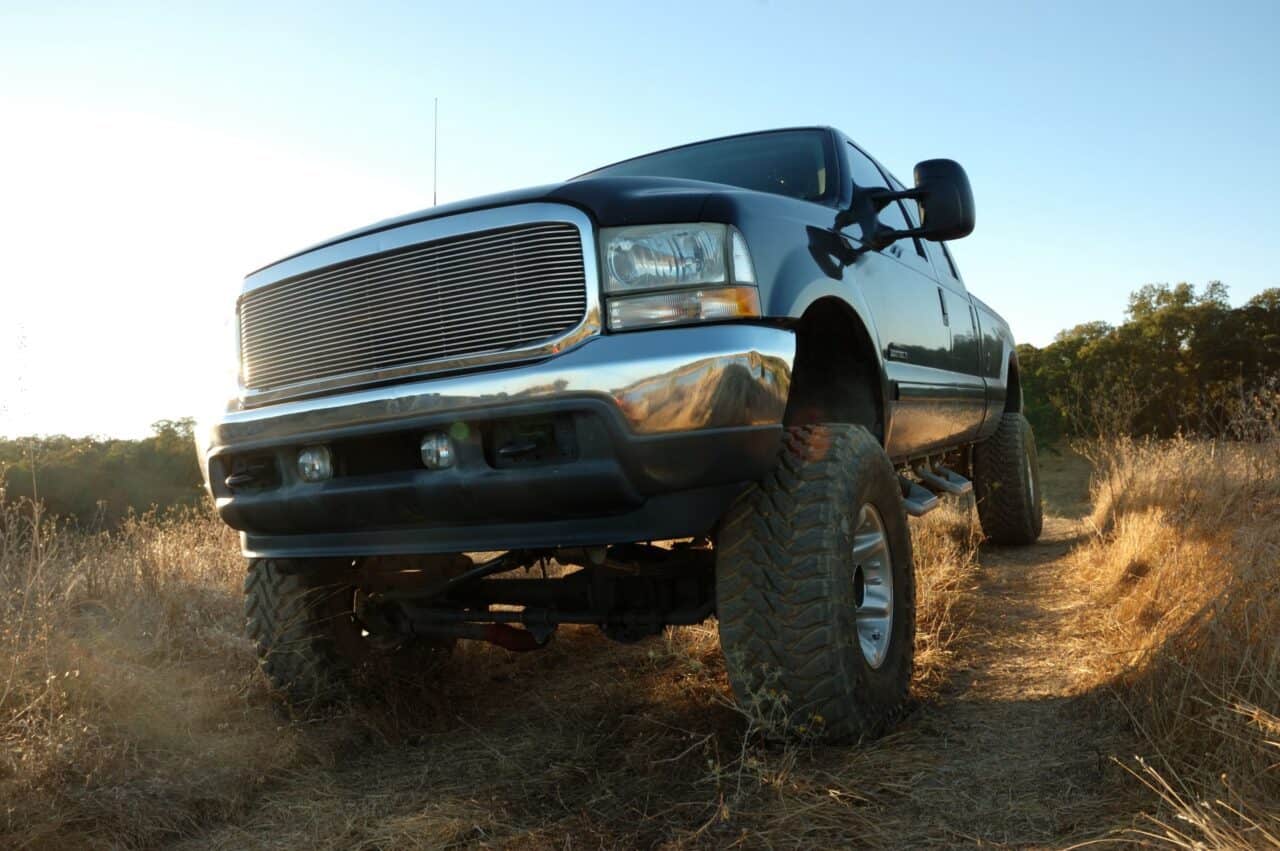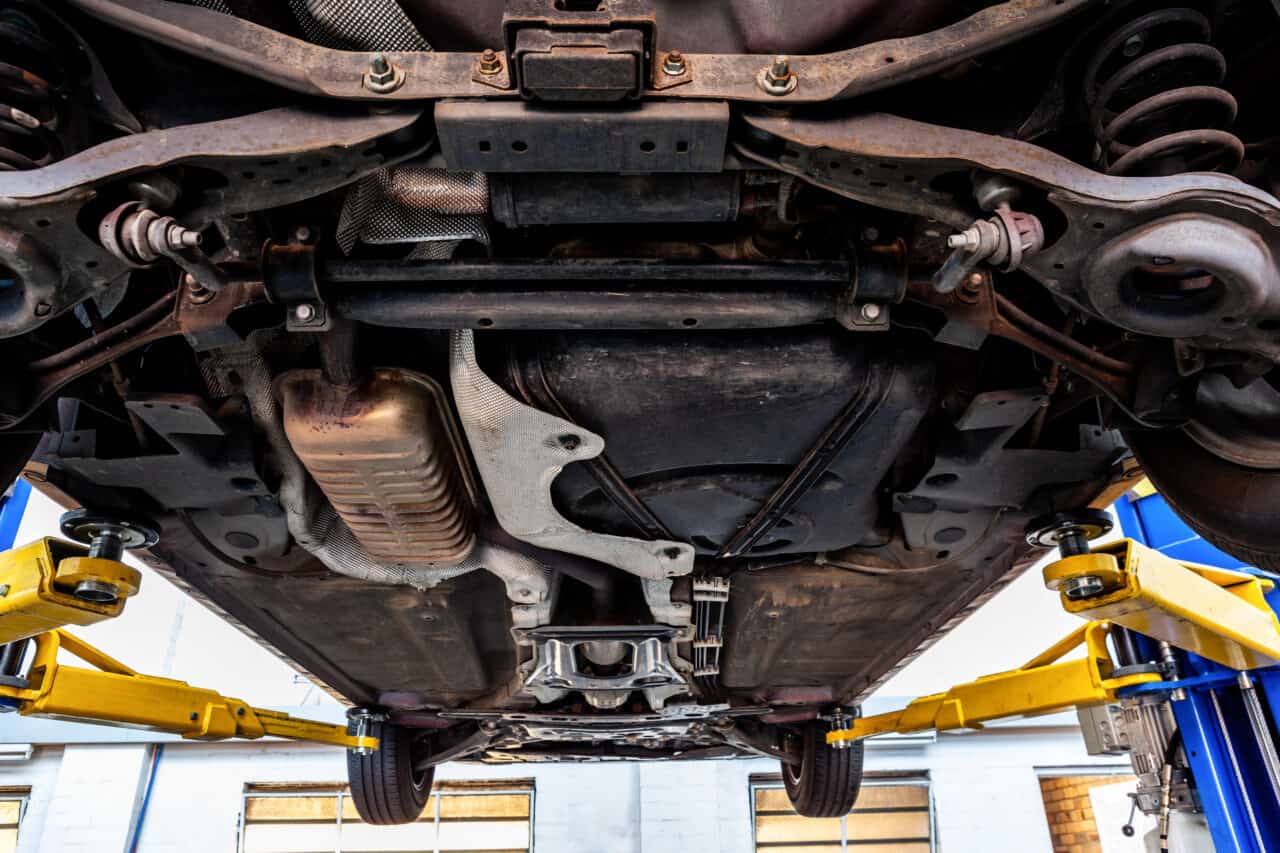Why Are Body Lifts Bad?

A body lift kit consists of a simple set of tools and spacers that allow you to separate your truck body from your truck frame. It can give you a few inches more clearance between your frame and the ground below and even more space for larger tires. Technically put, it’s a modification where spacers are installed that add ride height between your vehicle’s body and chassis.
The traditional body lift has become outdated, as truck technology has advanced and left little room for custom changes. Body lifts can increase the flip-over risk, as well as create gapping issues and overstretch components of the vehicle.
A basic version of a lift kit was made in WWI when the military needed to modify their off-road vehicles to be able to travel over the roughest of terrain with heavy machinery. This included swamps and bogs, so the idea for taller tires and a lifted body was born. Just because they work doesn’t mean they should be used. Keep reading to learn why.
Why are Body Lifts Considered Bad?
Body lifts have been tabooed by some in the community. Though they are still done, it’s important to note the reasons that they are considered bad.
Safety

The higher you decide to lift your truck, the more dangerous it can become. While considered pretty much useless unless you are a professional backroad driver, the high center of gravity caused by lift kits can make cars unstable on highways.
So, unless you are looking to avoid large rocks and trees in the backcountry or unpaved desert, there aren’t a great many reasons you should get one.
Electronic
Body lift kits are famous for overstretching components in your truck. This is especially true with newer trucks.
While older trucks don’t have as much wiring underneath the car, newer cars are made advanced with them. With all of the electrical components of newer vehicles, there’s simply less room under your car for you to tinker around with.
Simply put, there is more of a chance that a body lift will cause those wires to become stressed, frayed, and eventually come undone. This can only wreak havoc if you are not familiar with the electric wiring of your truck or you are unsure how to protect it from damage.
An example of this is the fact that in newer trucks there is built-in electronic steering. The U joint that connects your steering wheel to your electronic steering system can become stretched when a body lift is installed, causing the angle to turn.
This can lead to easily avoidable problems with your steering, both in terms of direction and amount, which is never safe for you or anyone riding in your truck with you.
Gapping
Another problem with body lifts is the fact that they can cause an unseemly gap between the wheel and the frame of the car.
This will let everyone see through the body, which is not a good look. Along with this, especially in trucks like the Dodge Ram, the dual exit exhaust will end up sitting inches below the cutouts made specifically in your bumpers, which again, is never a good look.
Depending on which type of truck you have, a body lift will ultimately end up creating weird gaps between the body and the frame in different parts of the car depending on where you can lift it. So, even if you think you know what your truck will look like with a body lift, surprise gaps can pop up when it is actually done.
Cost
Beyond that, body lifts are just completely outdated, generally unsafe, and significantly more expensive. It can be confusing to see just how expensive it is, though, as the initial price is smaller than a suspension lift because there is no engineering involved.
Most of the time it’s just a small object that looks like a hockey puck, but it’s the difficult installation and labor costs it takes to put them in can raise the initial price of $100 to $400-$1200.
Do keep in mind that if you want to install it yourself, you may be able to save money, but a body lift kit can be extremely time-consuming. This is because the body of the car has to be disconnected from the frame, and then lifted and bolted back down again securely. It’s a LOT of work for few inches of clearance.
So if you have the know-how and the tools, you can save yourself costs by doing the installation yourself. But it’s really only recommended that you do this on older trucks that do not have electrical components and custom builds of newer trucks that can easily be ruined.
If you still want to purchase an at-home kit, be sure to purchase one that includes brackets to realign the bumpers to match the body, and gap guards to cover the frame. Depending on your vehicle, you might even need steering shaft extensions and extensions for fuel filler necks.
If you’re just not comfortable enough with cars to be able to navigate those dangers, instead opt for a suspension lift. It’s better ride-quality, it’s a much safer option, and it’s less likely that you’ll incur costs from damage done.
Why Do People Get Body Lifts?
Essentially, some people prefer a body lift because it allows more room for larger tires and more clearance when driving. A big advantage to using body lifts is the fact that they allow you to keep your shocks, springs, and other OE suspension components that give you more room for larger tires.
Since the driving is unaltered, body lifts are a good option for street-driven 4x4s that only need a 1-2 inch lift for a small amount of tire clearance. A lot of people also have used a body lift as a way to allow for the placement of a larger motor for an engine swap.
Mostly, though, the attraction to a lifted truck comes from the fact that it just looks cool.
However, the negatives should be weighed against these advantages to ensure that the vehicle being driven is safe to drive and that it won’t ruin your expensive ride.
How is a Body Lift Different from a Suspension Lift?
Suspension lifts are a MUCH better option in most cases.
When lifting a car with a suspension lift, it’s the suspension that is modified and raised a certain amount. A body lift simply just raises the body of the vehicle using plastic aluminum, or even urethane spacers that rest on the top of rubber body mounts that exist between the frame and the body of your truck.
A suspension lift is better for outdoor adventurers who know that their next trip will be over dangerous terrain. With a body lift, you won’t have as much ground clearance as you would with a suspension lift kit, so you may have a harder time driving over rocks, trees, and other debris you might find in the wilderness. The chance that you’ll ruin the underbelly of your vehicle is much more likely.
Suspension lift kits also allow you to be able to give your car that extra few inches you might need. Body lift kits usually tap out at 5 inches, but suspension lift kits can go up to 9-12 inches.
Overall suspension kits are more affordable in the long run, safer for you and your family, and much more professional looking.
For more info on the difference between the two, and even hybrid lifts, be sure to check out the video below.
